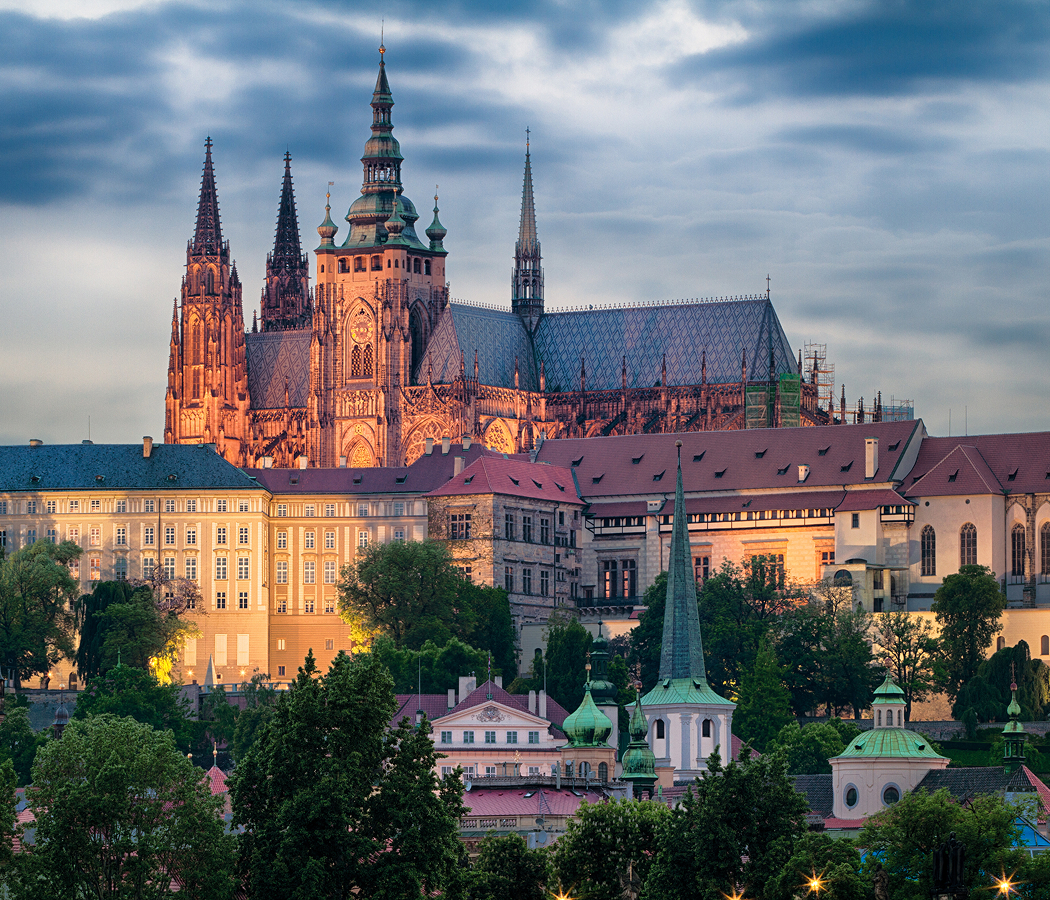
Why you should experience the Hagia Sophia Grand Mosque in Istanbul.
The Hagia Sophia Grand Mosque in Istanbul is not just a building, it’s the living heart of empires, a cathedral of time where marble, mosaic, and light merge into the sacred language of history.
Standing at the meeting point of Europe and Asia, this monumental structure has shaped civilizations for nearly 1,500 years, witnessing the rise and fall of Byzantine emperors, the call to prayer of Ottoman sultans, and the modern hum of the Turkish Republic. Step inside, and the first sensation is awe, vast domes hovering impossibly above, supported by columns that seem to breathe under the weight of centuries. Sunlight filters through windows ringed around the main dome, creating a halo that moves across the marble floor as the day unfolds. The air smells faintly of stone and incense, carrying whispers from every age that has touched these walls. The golden mosaics of Christ and Mary still shimmer in the half-light, coexisting with immense calligraphic medallions bearing the names of Allah and the Prophet Muhammad, a visual dialogue between faiths that somehow feels seamless. Every surface tells a story: marble imported from the quarries of Thessaly, green porphyry from Ephesus, and pillars rescued from the ruins of ancient temples. You don’t just see the Hagia Sophia; you feel it, a gravity that pulls you into the shared past of humanity. The dome above, once described as “suspended from heaven by a golden chain,” seems to float effortlessly, a feat of architecture that changed the course of world design. Whether you stand beneath its central nave or in a quiet corner near the ancient omphalos where emperors were crowned, you are standing inside history itself.
What you didn’t know about the Hagia Sophia Grand Mosque.
The Hagia Sophia’s story is one of continual transformation, a structure reborn again and again with each empire that claimed it.
Commissioned in 537 CE by Emperor Justinian I as the crown jewel of Constantinople, it was the largest cathedral in the world for almost a thousand years. Its name, meaning “Holy Wisdom,” reflected not just faith but the philosophical soul of Byzantium. After the Ottoman conquest in 1453, Sultan Mehmed II converted the cathedral into a mosque, preserving its Christian artistry while layering in Islamic elements, minarets, a mihrab pointing toward Mecca, and the vast circular calligraphic medallions that now frame the dome. This careful merging of faiths and aesthetics made Hagia Sophia an unmatched symbol of coexistence and cultural evolution. In 1935, under Mustafa Kemal Atatürk, it was secularized and reopened as a museum, allowing the world to experience it as a universal monument of art and history. Then in 2020, it was reclassified as a mosque once again, but one that still welcomes visitors of all backgrounds. Few know that its architects, Anthemius of Tralles and Isidore of Miletus, were mathematicians who engineered the dome’s radical design by blending Roman structural logic with geometric innovation. The mosaics themselves are masterpieces of microcosmic artistry, tiny tesserae of glass and gold layered to capture the ethereal shimmer of divine light. Below ground lies another world: cisterns, ancient foundations, and buried chapels that speak to the original basilica Justinian built after two earlier churches on this site were destroyed by riots. Even its acoustic design is legendary, sound travels in perfect harmony beneath the dome, where chants and prayers once echoed with celestial resonance. The Hagia Sophia isn’t simply a relic of the past; it’s a living manuscript of humanity’s spiritual evolution, every conversion, restoration, and controversy adding a new layer to its ever-expanding story.
How to fold the Hagia Sophia Grand Mosque into your trip.
Visiting the Hagia Sophia is less about sightseeing and more about surrender, to time, to beauty, to something greater than comprehension.
Arrive early, before the call to prayer fills the air, when the morning light catches the dome’s golden ribs and the city outside still hums softly awake. As you approach through Sultanahmet Square, pause by the Fountain of Ahmed III, a Rococo gem that seems to bow before the ancient giant rising behind it. Once inside, move slowly. Let your eyes adjust to the dim light and shifting scale. Begin beneath the main dome and trace the layout of the original basilica, the nave, the apse, the galleries that once held empresses and nobles. Look up and imagine the moment Justinian entered for the first time, declaring, “Solomon, I have surpassed thee.” Then drift toward the mosaics in the upper gallery, where Byzantine angels gaze down in solemn brilliance. The blend of Arabic calligraphy and Christian iconography creates an emotional equilibrium, a rare harmony between faiths. When the prayer carpet softens your footsteps, stay quiet and listen. You’ll hear the murmur of reverence, of centuries condensed into the sound of breath. Step outside afterward into the courtyard where the blue-tiled domes of the Sultan Ahmed Mosque, the Blue Mosque, rise across the square, echoing Hagia Sophia’s form like a poetic response. Pair your visit with the nearby Basilica Cistern for a glimpse beneath the ancient city, or wander toward the Grand Bazaar for an afternoon steeped in the city’s modern pulse. As dusk falls, return once more to Hagia Sophia’s exterior. The setting sun ignites the dome in copper light, and the call to prayer unfurls across the Bosphorus. It’s a moment that captures Istanbul itself, eternal, luminous, and alive. In that golden glow, the Hagia Sophia Grand Mosque ceases to be a monument. It becomes what it has always been, a bridge between worlds.
Hear it from the Foresyte community.
Go in daytime for the mosaics, swing back at night when it glows outside. Trust me, two visits and you’ll get why everyone calls it the heart of Istanbul.
Where meaningful travel begins.
Start your journey with Foresyte, where the planning is part of the magic.
Discover the experiences that matter most.






































































































